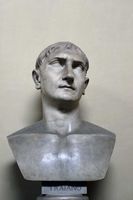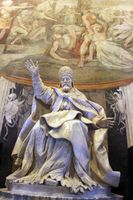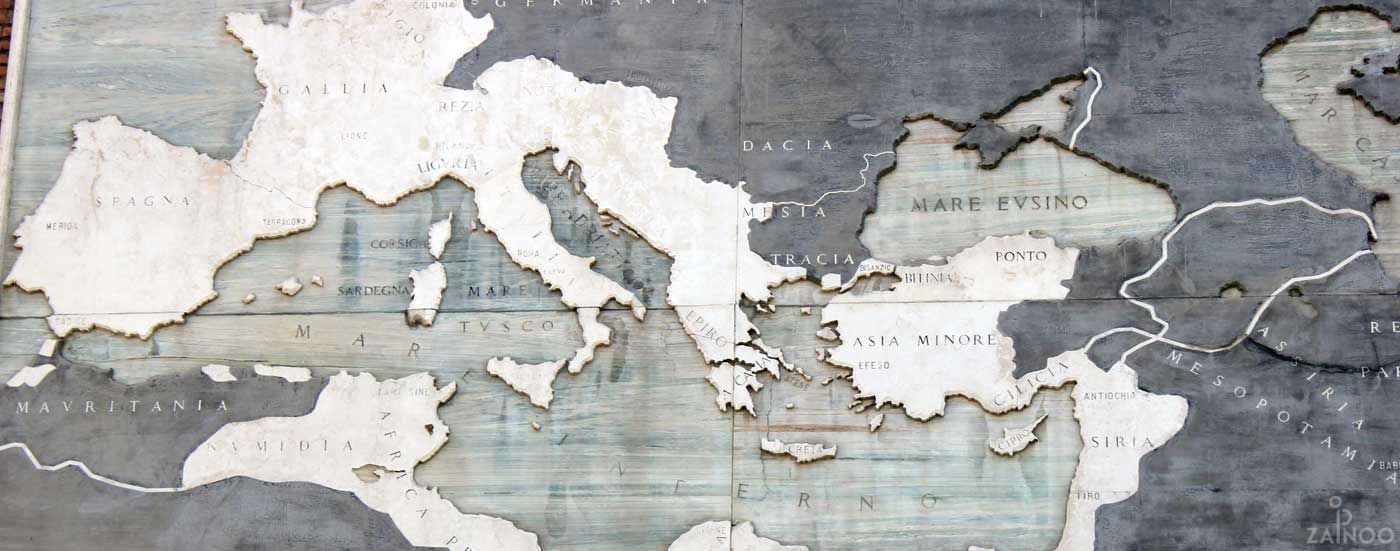History of Rome
From the Roman Empire to the modern republic
The 21st April 753 B.C. is known as the founding year for the city of Rome. From that time, the city developed rapidly into a kingdom and further into a republic. Gradually, the whole of Italy and the Mediterranean were captured. In the Roman imperial period, the empire finally achieved its greatest extent before it collapsed. In the Middle Ages, the popes seized power in the city, and led it to new heights during the Renaissance and Baroque periods. Today, Rome is the world famous capital of a modern Italy.
Rome's rise to world power
The origins of Rome date back to the 14th Century before Christ. Numerous Stone Age and herdsmen settlements united in the 8th Century B.C. against the Etruscans, by whom they were eventually captured. Etruscan kings ruled over the then new city of Rome until they were banished in the 5th Century and Rome became a republic. From now on, the Senate and two consuls ruled over the city. Rome began to expand its rule by changing alliances and eventually conquered all of Italy, as well as large parts of the Mediterranean. After a civil war, Gaius Julius Caesar seized power in Rome as the first dictator - his followers established the Roman imperial period and enlarged the Roman Empire to its greatest extent.
Fall of Rome and the Papal States
Economic prosperity and inner peace were followed by a slow decay for many years. The external borders of Rome crumbled, Christianity was declared the state religion and the kingdom was divided in two halves. After the fall of the Western Roman Empire, the Pope became lord of Rome and began to expand his power. Thanks to the donation of Pippin a secular church state was created, which included nearly all of central Italy. A power struggle between the emperors of the Holy Roman Empire of the German Nation and the worldly pursuits of the popes in Rome dominated the Middle Ages. The popes in Rome led the strong rundown town of the Middle Ages to new heights in the Renaissance and Baroque periods and made it shine in new splendour. Many of today's buildings were created during this time.
History of Rome until today
With the revolutionary years of 1848 and the unification of Italy, the power of the popes in Rome disappeared. Rome became the capital of the new United Kingdom in 1870 and maintains this role to this day. In 1929, the Vatican got back its sovereignty in the Lateran Pacts with Mussolini and is now the smallest country in the world in the midst of the urban area of Rome. Today, Rome is the administrative centre of the country and lives largely off of the many tourists who visit the Italian capital each year to take a look at the evidence of the great history of the city.




Tweet